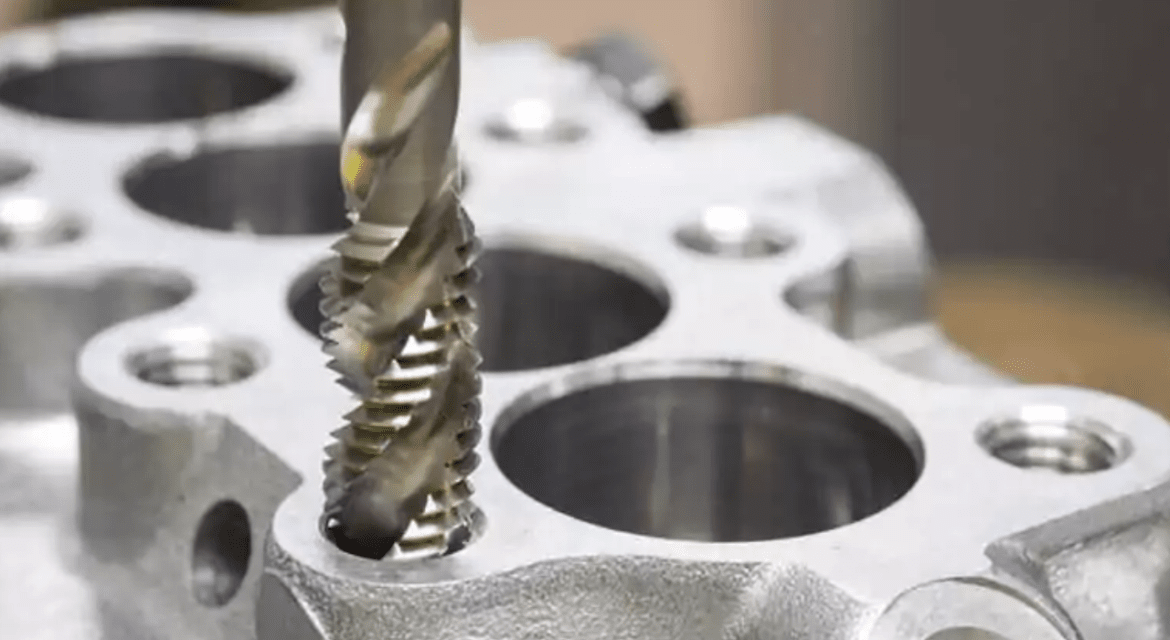Stainless steel forgings are utilized in aerospace for important components like turbine blades and touchdown gear, vehicles for engine components and exhaust systems, oil and gas for valves and fittings in corrosive environments, and scientific for surgical gadgets and implants.
They serve as meal-processing gadgets in which hygiene and resistance to corrosion are critical. The ability of stainless-steel forgings ensures reliability and toughness in traumatic applications throughout multiple sectors. The stainless steel forge is a producing way that includes shaping stainless steel into desired shapes and sizes using localized compressive forces.
Stainless-steel Forging Process
Warm forging is an approach used to improve the flexibility and encourage plastic deformation of steel by heating it above the recrystallization point without truly increasing the temperature. For certain uses that call for precise dimensional control, room-temperature cold forging of stainless steel is a more option.
Hot Forging
Stainless steel is heated to temperatures normally ranging from 1,000°C to 1,250°C (1,832°F to 2,282°F), relying on the alloy and the preferred residences. The heated steel is fashioned using forging dies and hammers or presses, applying compressive forces that reshape the fabric into the favored form. Hot forging refines the grain shape, enhances mechanical residences along with strength and sturdiness, and improves resistance to fatigue and effect.
Cold Forging
Stainless steel is shaped at or close to room temperature, frequently with specialized systems like cold heading machines or presses. Cold forging preserves the cloth’s floor end, achieves tight dimensional tolerances, and will increase yield strength because of work hardening. Used for generating small to medium-sized components which include bolts, screws, and automotive elements.
Differences from Other Metallic Forming Techniques
Stainless-steel forging differs from different metallic forming strategies along with casting, machining, and welding broadly speaking in the following ways:
Grain Structure and Material Properties
Forging produces a refined and directional grain flow, improving mechanical homes like strength, durability, and fatigue resistance. Casting has consequences in a much less uniform grain structure with the capability for porosity and inner defects, which could affect mechanical houses. Machining removes fabric from a larger stock to reap the very last dimensions, probably compromising fabric integrity and wasting cloth.
Mechanical Properties
Forging increases the material’s energy through plastic deformation without compromising ductility, providing advanced mechanical properties appropriate for excessive stress packages. Casting typically offers decreased mechanical residences due to the cooling and solidification method, although specialized strategies like investment casting can improve consequences. Machining maintains cloth homes however gets rid of fabric and might introduce strain concentrations or lessen the structural integrity.
Surface Finish and Dimensional Accuracy
Forging produces a smooth floor end and unique dimensional control, specifically in warm forging in which the metal is malleable. Casting may additionally require up-processing to reap the desired floor end, and dimensional accuracy may be prompted by way of shrinkage and mold design. Machining gives incredible floor end and tight tolerances however waste material may require secondary operations for complicated geometries.
Tooling and Equipment
Forging calls for specialized dies, hammers, or presses designed to resist excessive temperatures and forces, making initial tooling prices better however taking into account high-extent production. Casting includes mold-making and casting systems tailored to the precise alloy and element geometry, with flexibility in manufacturing volumes and complicated shapes. Machining uses reducing tools and CNC machines to take away fabric, providing flexibility in component complexity and speedy prototyping capabilities.
Last Remarks
Stainless steel forging is a flexible production process that enhances fabric properties through controlled deformation at extended temperatures. It differs from casting, machining, and welding in terms of grain structure refinement, mechanical homes, surface end, dimensional accuracy, and gadget requirements. By understanding those variations, manufacturers can select the most suitable technique for generating stainless steel additives that meet stringent performance requirements in various industries, including aerospace, automobile, oil and gasoline, and medical applications.
